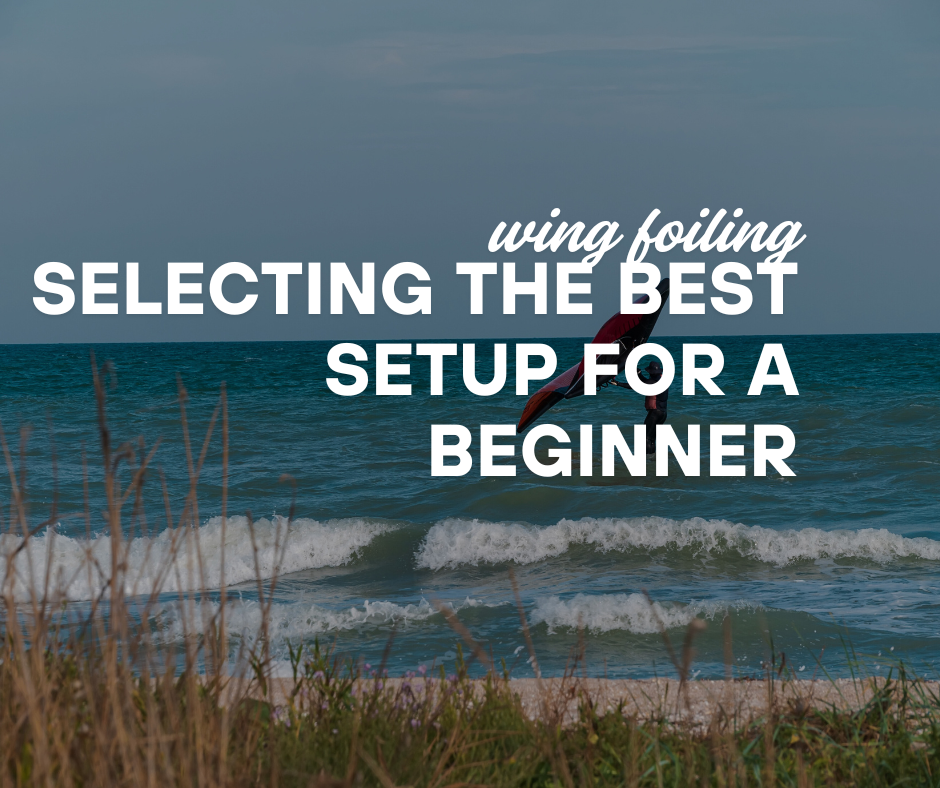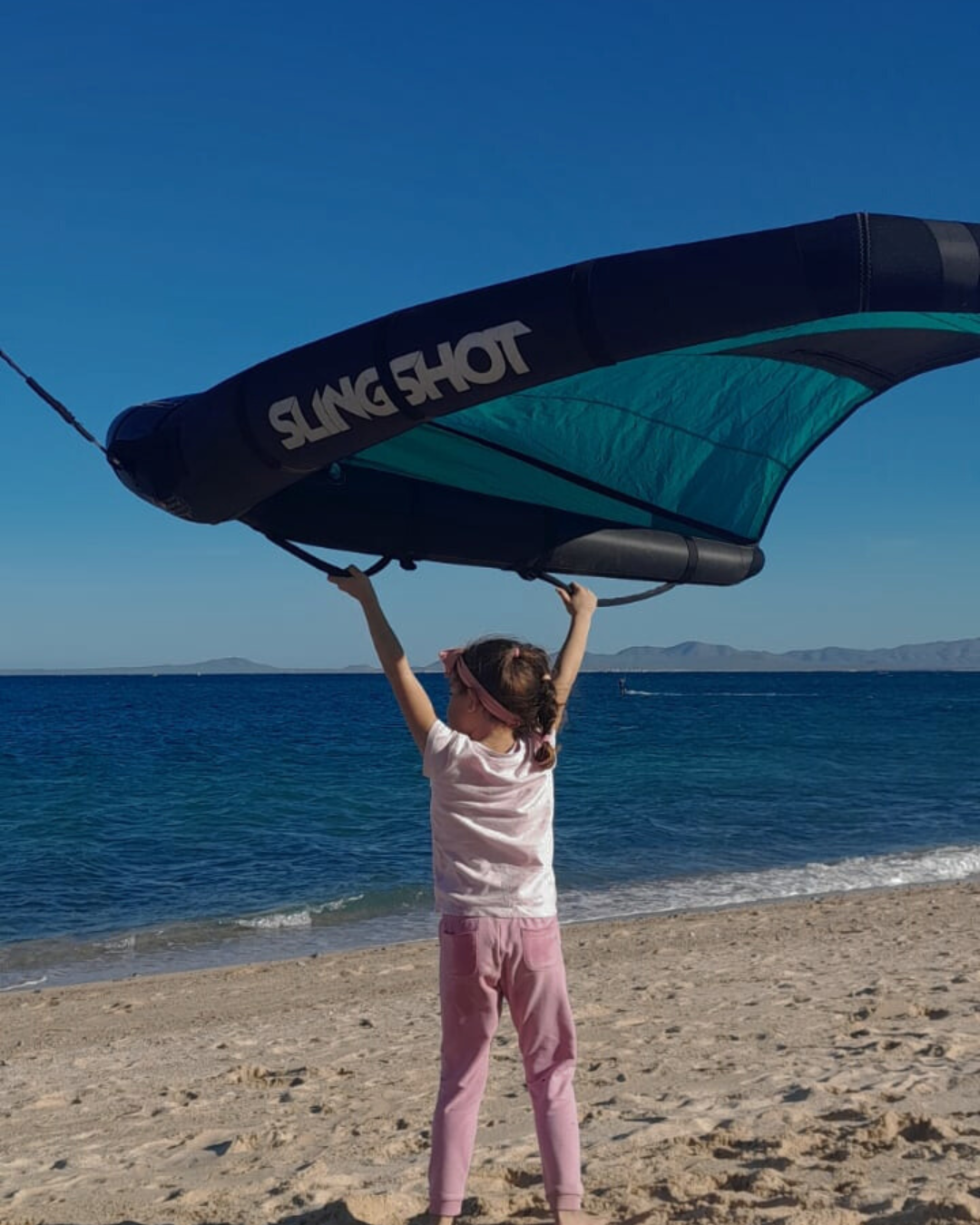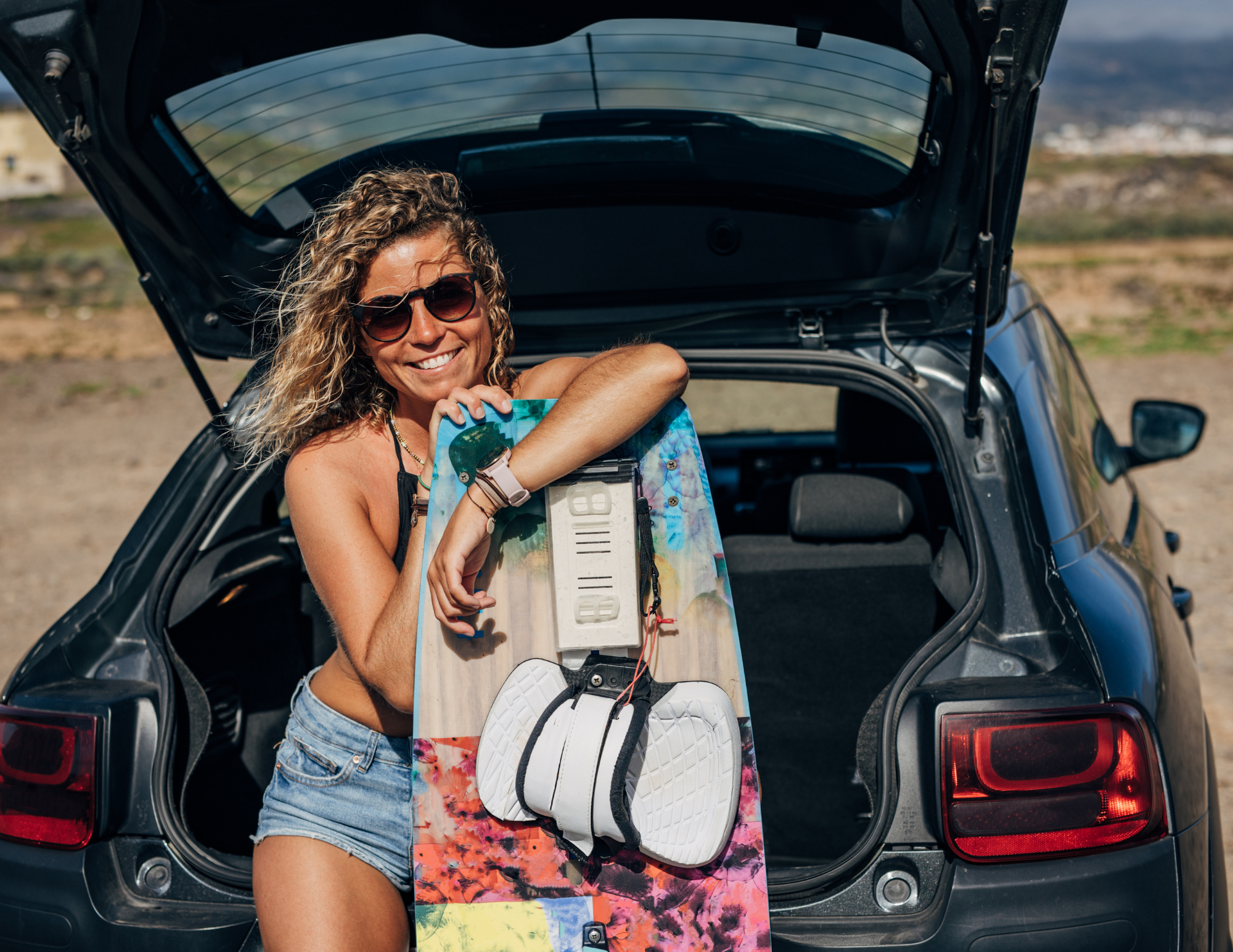Thinking about your first lessons or a progression week? Start by dialing in a few core habits—and plan your trip with the pros at Ventana Travel.
1) Trim before you launch
On the beach: Set your depower so the bar sits in a comfy “sweet spot” with steady pull (not stalling, not yanking).
Why it matters: Clean trim = fewer crashes and faster learning.
Pro cue: If you’re riding with the bar fully sheeted out, add depower. If the kite back-stalls, sheet out or add power.
2) Master upwind body-drag (board recovery)
Lose the board? Park the kite at 10:30/1:30, extend your leading arm like a keel, and drag in short “Z” tacks until you reach it.
Why it matters: Confidence skyrockets when board loss isn’t a crisis. Practice three recoveries per session.
3) Use a two-stage waterstart
Stage 1: a modest power stroke to float you.
Stage 2: a deeper stroke to stand and ride.
Why it matters: One giant yank usually faceplants you downwind. Split the movement and you’ll stand cleaner, sooner.
4) Lock in an upwind stance
Eyes on the horizon, hips forward, shoulders open, heel-edge engaged. Keep the kite ~35–45°.
Why it matters: This is how you hold ground, stop the downwind slide, and start real cruising.
5) Read the water & ride with etiquette
Do a quick spot check (wind, hazards, exit points) and follow right-of-way: starboard tack has priority; the upwind rider flies the kite high.
Why it matters: Shared rules = safer, calmer sessions (and more friends on the beach).
Where to practice (and plan)
-
Ready to turn these habits into muscle memory? Explore hosted camps and custom coaching with Ventana Travel.
-
Landlocked or traveling through the Midwest? Our deep-dive on local spots, seasonality, and training options—The Ultimate Guide to Windsports in Milwaukee, Wisconsin—shows how to keep skills sharp between ocean trips.
Bottom line: Nail these five fundamentals and your sessions will feel smoother, safer, and a lot more fun. When you’re ready for tailored coaching, we’ll build the right week around your goals at Ventana Travel.














